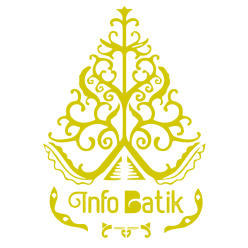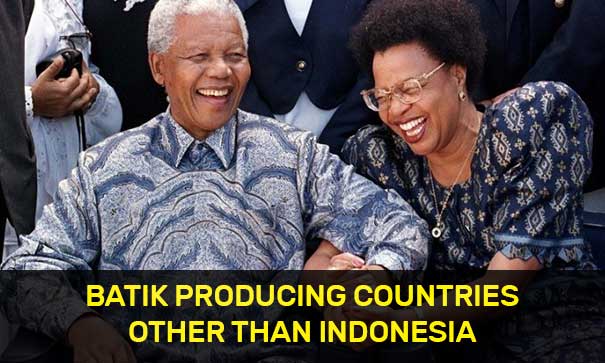According to UNESCO, batik is one of Indonesia’s original commodities, which is manifested by the awarding of an award as a non-material wealth to the Unitary State of the Republic of Indonesia. However, if we look back far back, to previous civilizations, batik art is also found in various other parts of the world. Many of them are older than the batik art found in Indonesia itself. We will try to examine some of these countries.
Sri Lanka
The country located in the middle of the Indian Ocean is a relatively small archipelagic country. But it turns out that Sri Lanka has a high artistic wealth. There are several sources claiming that before batik was introduced in Indonesia, it was first stopped and spread in Sri Lanka. One of the streets in Colombo, Sri Lanka’s capital, which is famous for selling batik knick-knacks is on Hikkaduwa’s Galle Road Trip, with its famous motif, Vigorousness, associated with the origin of the craftsman.
Sri Lankan batik mostly has motifs from nature and local mythology there, such as a rural atmosphere, elephant animals which are sacred because the majority are Hindus, as well as some pictures of local temples and palaces. Its application results in wall displays, bed covers, pillows, and tablecloths.
Africa
In contrast to Sri Lanka, which first developed the art of batik in its country and then spread it to Indonesia, several countries in Africa that received the inculturation of batik culture came from Indonesia. Starting in the 19th century during the Dutch Colonial era, to be precise between 1810-1862, many West African soldiers who were contracted by the Dutch government admired the art of batik in Indonesia. When they return to their country, they give gifts to their wives and relatives, authentic Indonesian batik.
So after that batik developed in West Africa which was dominated by countries such as Senegal, Ivory Coast, and Mali. African batik is called or popularly known as Ankara or African Wax. The pattern of African batik cloth is dominated by motifs of local natural resources such as flora, fauna, and some tribal motifs native to Africa, while the colors are mostly inscribed with bright colors such as yellow, green, and red. The application of some African batik is also found in women’s overalls, women’s scarves, and men’s ties. One of the famous figures from the African continent who is very fond of and loves batik, is Nelson Mandela, the former President of South Africa who wears batik shirts everyday.
Thailand
Many wonder why Thailand also has batik art. It is undeniable that Indonesia and Thailand have many similarities, besides being geographically neighboring countries in Southeast Asia. The Thai batik technique is widely known as the wax-resist dyeing or phanung technique. Some locations in Thailand such as Koh Samui are often used as sarongs to relax. Unlike if found in the capital city of Bangkok, Thai batik is widely used as clothes such as men’s shirts, which are applied to the famous Thai cotton and silk fabrics. Many Thai batik motifs are taken from fauna motifs such as butterflies and elephants as a symbol of the beauty of the White Elephant country.
Suriname
This country, which is located in the north of the African continent, is one of the countries that loves batik culture. It is not wrong to say that because the population of Surinamese is the majority of Javanese ethnicity. It started at the end of the 19th century when the Dutch East Indies government brought Javanese to work in another Dutch colony, namely Suriname. Likewise with the native language of the Surinamese who are also fluent in ancient Javanese. All surnames and family names still use their original Javanese names. It is not surprising that there are still a lot of very popular batik there as the daily clothing of the Surinamese people. The motifs are also widely adapted from classical Javanese motifs such as Sidomukti, Sidodadi, and Sidoluhur.


